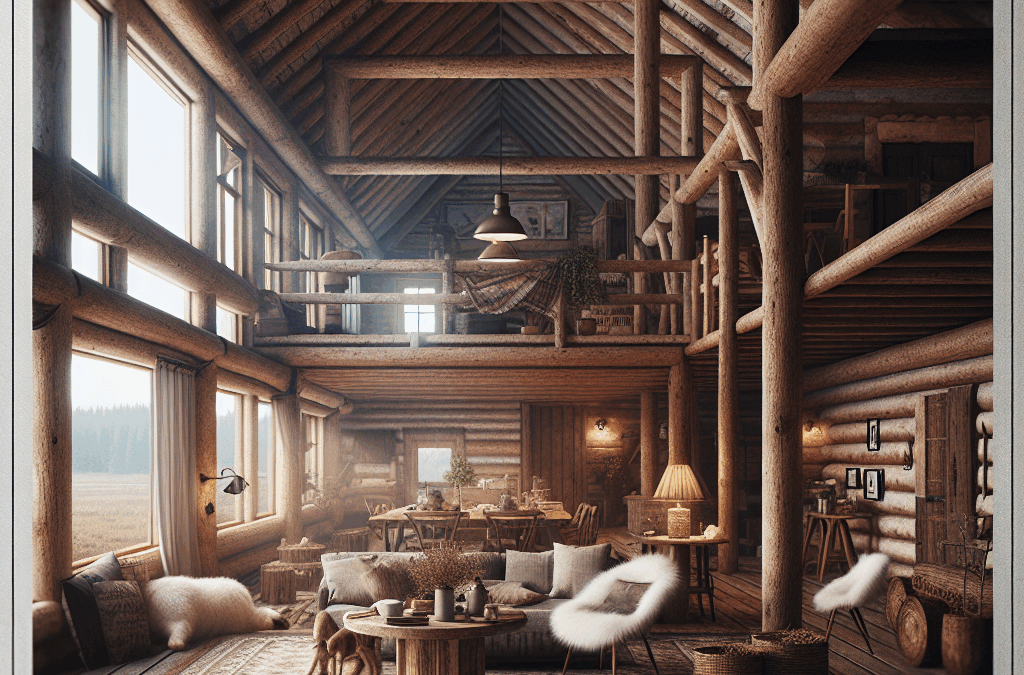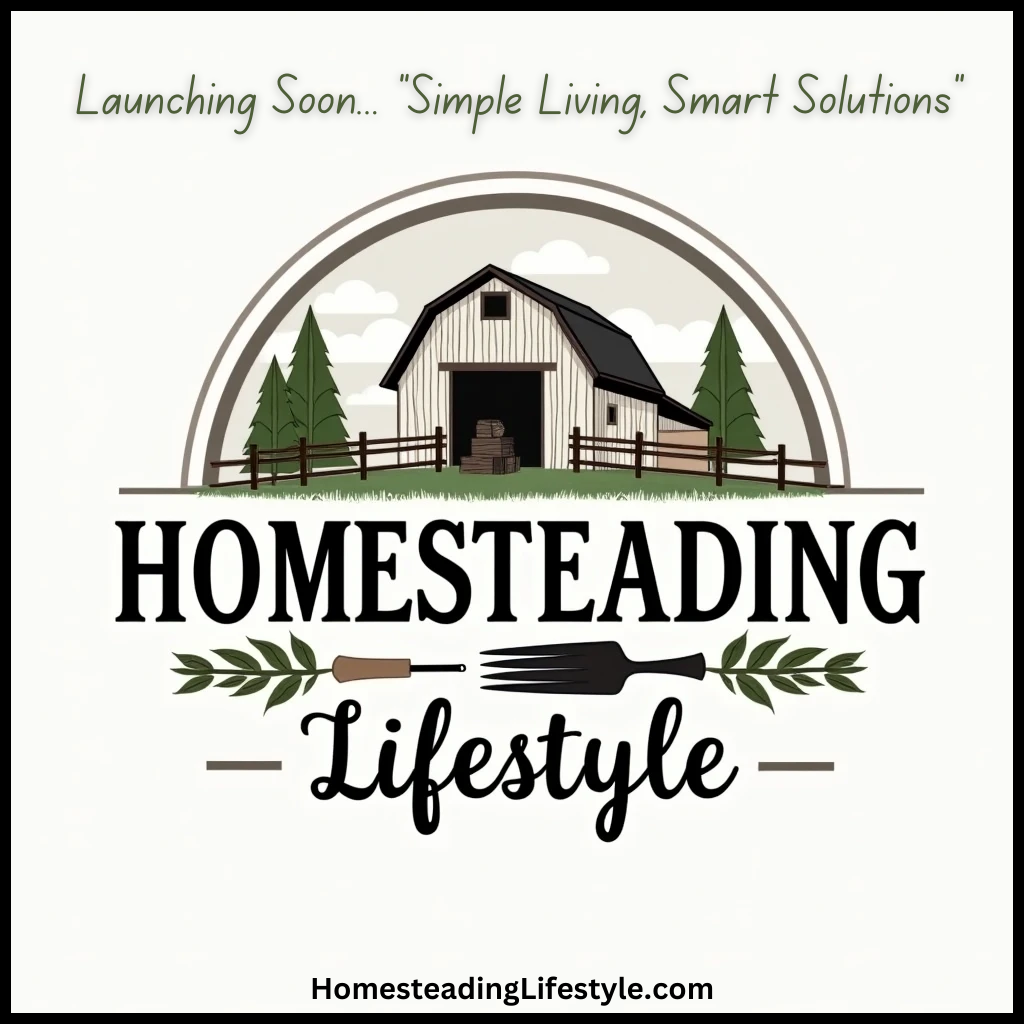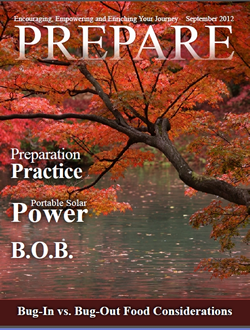Maximizing Space Efficiency
Understanding Your Homestead Layout
When I first moved to my homestead, I quickly realized that understanding the layout was key. You want to know which areas get the most sunlight, where the wind comes from, and how the terrain flows. All these factors play a crucial role in maximizing space efficiency. You can tweak your design for optimal functionality, whether it’s for gardening, livestock, or living quarters.
For instance, placing your garden near your kitchen can save you time during meal prep. It’s all about creating a flow that makes sense for your daily activities. I spent hours walking around my property, sketching out ideas, and honestly, this laid the foundation for everything else.
Once you’ve mapped out your space, consider vertical gardening options. It’s amazing how much you can grow in a small foot print if you think upwards! Layering plants or using wall-mounted planters has not only increased my yield but also made my homestead look pretty cool.
Embracing Multi-Functional Spaces
Another tip from my time living on the homestead is to create spaces that serve multiple purposes. For example, my workshop also doubles as a small guest area. By incorporating foldable furniture and clever storage solutions, I’ve created a cozy and functional room without it feeling cramped.
Using furniture that serves a dual role—like a daybed that’s a couch during the day and a bed at night—has been a game changer. This way, any homesteader can make the most out of limited space while keeping things stylish and practical.
I’d recommend you explore strategies such as hiding storage under benches or using ottomans that open up. Every inch counts when you’re maximizing space efficiently.
Organizing with Smart Storage Solutions
Storage can be a real pain if you don’t plan for it right. I learned the hard way that clutter can stifle creativity and productivity in my homestead life. One of the first things I did was to implement shelves on every wall I could. It’s amazing how much room you can free up when you utilize vertical space.
Another fun hack is using clear bins for smaller items. This way, you can see what you have at a glance without digging through boxes. It brings a sense of order and drastically cuts down on the time you spend looking for tools or supplies.
Lastly, don’t forget about outdoor storage! Sheds or covered areas can house gardening gear, tools, and even craft supplies without cluttering your main living space. Trust me; you’ll breathe easier once you organize!
Creating Comfort with Natural Light
The Power of Windows
One of the best shifts I made in my homestead design was incorporating more windows. Natural light can change the vibe of a space from dreary to uplifting. And let me tell you, waking up to sunlight streaming in through big windows is a game changer.
Incorporate large windows or even glass doors when you’re planning your homestead design. This way, you get not just light, but also those beautiful views of your land. It merges the outdoors with your indoor living space, offering a refreshing flow.
Even if you’re in a small space, consider adding skylights or light tubes to brighten dim corners. Every little bit of light helps create a cheerful, living vibe in your home.
Strategic Planting for Shade
While getting that sunlight is essential, don’t underestimate the value of shade, too! Strategically planting trees or large bushes around your home can temper those intense summer rays, which can be a real lifesaver if you live in a hot climate.
I’ve planted several shade trees that help keep my home cooler, and they’ve become a great gathering spot in the summer months. I even like to set up my outdoor workspace beneath these trees for optimal comfort while still getting work done out in nature.
Incorporating shade and sunlight thoughtfully makes your homestead not only livable but also enjoyable throughout the year. It’s about balance!
Inviting Outdoor Spaces
Don’t forget to think about your outdoor spaces—they’re just as important as your indoor ones! Creating comfortable outdoor areas where you can relax or entertain can really enhance your homestead livability. I love to add furniture like hammocks, comfortable chairs, and even a fire pit for cozy gatherings.
Adding coverings like pergolas or awnings means you can utilize your outdoor space all year round. Being able to enjoy the fresh air while having protection from the elements has transformed the way I spend time on my homestead.
Plus, creating an inviting outdoor area encourages family and friends to visit, making the homestead feel lively and vibrant. I found that gathering around a fire pit during the cool evenings was one of my favorite experiences!
Elevating Sustainability Practices
Utilizing Renewable Resources
In my journey toward enhancing my homestead’s livability, treating the land sustainably has been crucial. Utilizing renewable resources, like capturing rainwater or harnessing solar energy, not only reduces waste but also cuts down costs in the long run.
I installed a rain barrel system that allows me to collect rainwater for watering my garden—a simple project that paid off big time. I also recommend looking into solar panels for your energy needs as they quickly pull their weight financially while reducing your carbon footprint.
Embracing these energy-efficient practices not only makes your homestead greener but brings a satisfying sense of stewardship to the land you’re living on. It’s pretty fulfilling to know that you’re doing your part for the environment, and it might even inspire others to follow suit.
Practicing Responsible Gardening
With every seed I plant, I constantly remind myself of the importance of responsible gardening. It’s essential to use organic practices and avoid harmful pesticides, not just for our health but for the ecosystems we rely on.
I’ve also learned to practice crop rotation and companion planting to keep my soil healthy and productive. It’s fascinating to see how a well-planned garden can flourish without synthetic inputs! It encourages biodiversity, which supports local pollinators, making the entire area thrive.
Learning about permaculture principles has also been a real game-changer for me. These principles not only guide my gardening but also my overall approach to homesteading. The more you learn about these methods, the better equipped you’ll be to nurture a thriving, sustainable living space.
Integrating Waste Management Practices
Last, but definitely not least, managing waste is vital. I’ve set up composting systems that transform kitchen scraps and yard waste into nutrient-rich compost. It’s incredible how this practice enriches my soil and reduces waste going to landfills.
Additionally, consider separating waste into recyclables, compostables, and trash to streamline your waste management process. This small habit can lead to big changes over time, making your homestead more sustainable.
Engaging in these waste management practices not only reduces your footprint but also opens your eyes to how interconnected everything truly is. We’re all part of a circle, and every little action means something!
Ensuring Safety and Security
Building a Safe Environment
Safety is paramount in any homestead, and there are several measures I took to create a secure environment. Installing sturdy railings on steps and ensuring gates and fences are in good condition are basic, but they drastically reduce risks.
On my own homestead, I took the time to ensure my working areas were well-lit, especially in the evenings. Adding motion-sensor lights and keeping your pathways clear prevent accidents and provide peace of mind when moving around at night.
Don’t overlook emergency preparedness. Have a first aid kit handy, create an emergency plan, and make sure you know how to handle common homesteading accidents. It sounds dramatic, but trust me—being prepared will help you stay calm in a crisis.
Technology and Security Systems
In this modern age, leveraging technology can make your homestead much safer. I decided to invest in a basic security system with cameras. It not only makes me feel secure, but it also keeps an eye on any wildlife that might stroll through!
Additionally, automated monitoring for things like greenhouse temperatures or water levels can save you from potential disasters. Technology enhances our ability to respond quickly and effectively to problems that arise.
Plus, installing smart locks and alarms can deter potential intruders, bringing another layer of security that helps you rest easy at night.
Creating a Community Network
One of the best parts about homesteading is the community aspect! Creating strong relationships with neighbors can be a lifesaver. I recommend joining local homesteading groups or online forums to exchange ideas and information for better safety and security tips.
Community networking can lead to a shared approach to security, thus fostering a collaborative environment. Knowing your neighbors means you can watch out for each other and share resources, like tools or even a helping hand in emergencies.
I’ve found it incredibly beneficial to lean on my community—whether it’s getting advice or simply knowing that there’s someone close by if something goes wrong. Building relationships makes your homestead feel like an extension of your family.
Frequently Asked Questions
1. What are some easy ways to improve space efficiency in my home?
Start by understanding your layout and emphasizing multi-functional furniture. Utilize vertical space with shelves, and don’t forget to organize using bins and hidden storage!
2. How can I maximize natural light in my homestead?
Incorporate larger windows, use light-colored curtains, and consider adding mirrors to bounce light around. Even small changes can make a big difference!
3. What sustainable practices should I consider for gardening?
Focus on organic gardening methods, crop rotation, and companion planting. Composting is also a fantastic way to enrich your soil and reduce waste.
4. How can I ensure safety and security at my homestead?
Build a safe environment by ensuring clear pathways, securing gates, and using proper lighting. Consider investing in a security system and building relationships with neighbors for extra peace of mind.
5. What is the benefit of creating community connections as a homesteader?
A strong community network means support, resource sharing, and a watchful eye on each other’s properties, enhancing both safety and camaraderie within your homesteading life.





